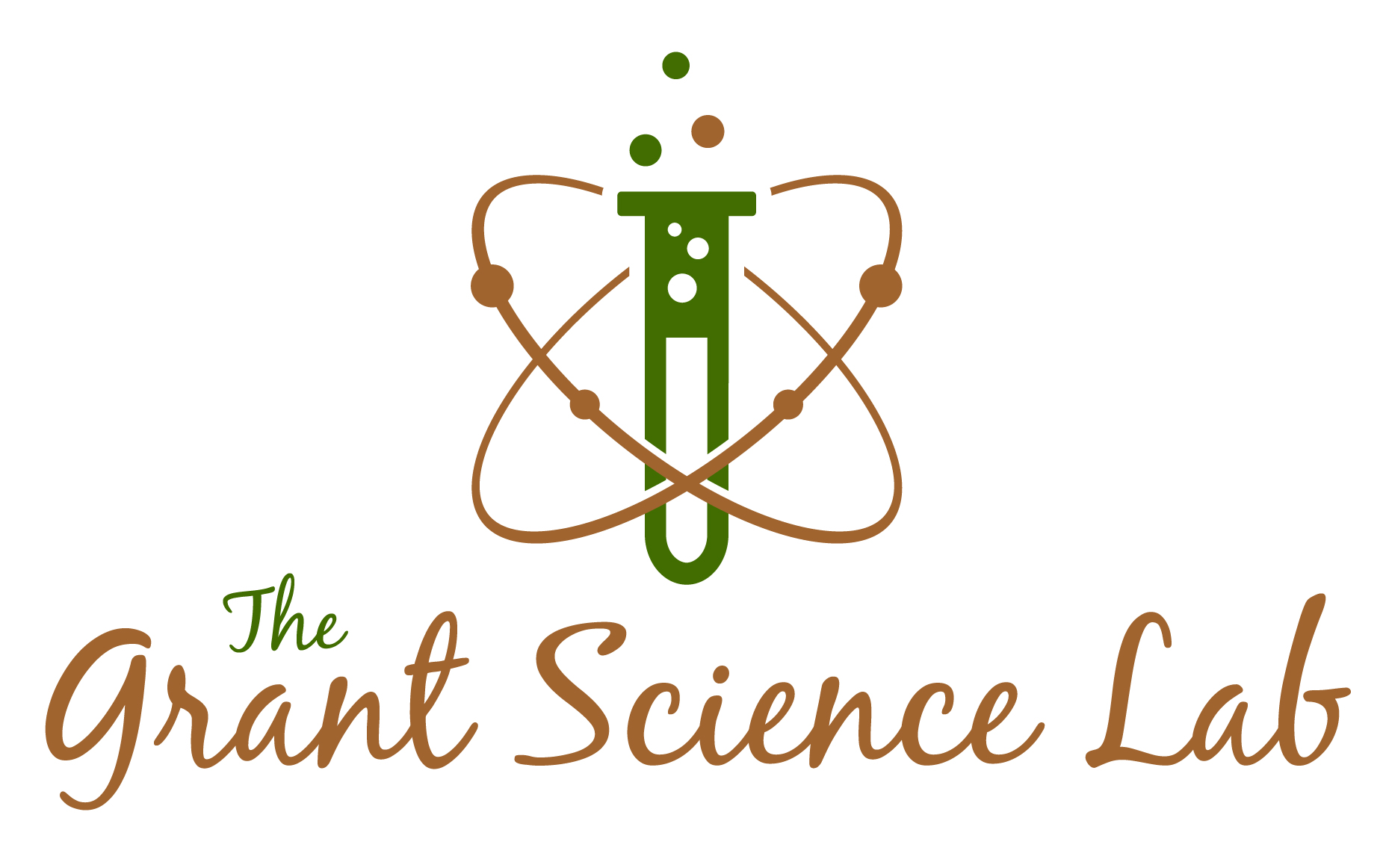Some Budding Yeast…:
Who would have thought a song parody video from a research lab would be packed with humor and great information?
As a former research scientist, I can say it is full of insider humor that I find very funny. Yet, the parody provides a rare glimpse into the world of laboratory research, showing lay people how scientists think, work, and are funded.
Using humor and flair, the parody tells a deep story about what we have learned about all living things from research using humble baking and brewing yeast, including the cycles of success and failure of the research process. Just by paying close attention, a lay viewer can grasp the magnitude of the new knowledge arising from research using yeast. Teachers and college professors will find ways to use this parody in teaching deeper biological concepts to students. Given the current emphasis on STEM education (Science, Technology, Engineering, Mathematics), this is a good thing for the lay public and students.
A Timeline for Grant Writing:
Humor and Truth from the Research Lab
As a grant writer, did you ever want to know what it is like to write a federal research grant?
Well, this flowchart from a biochemist really shows that crazy process with humor and truth. I lived this as a faculty member and laboratory researcher.
This timeline and task list is a great educational tool for the larger grant writing community. Proposal section names are different for science grants, but the basic ideas in each section are the same for non-science grants. As funny and seemingly absurd as it is, the chart reveals planning involved because of the required detail and organizational skills it takes to prepare these multi-year laboratory research proposals.
All the points on the timeline discussing experiments, gathering data, and publications speak to evidence-based grant writing. There is no other kind of grant writing in the scientific community. Gone are the days where a researcher could propose an idea with little supporting evidence. Frankly, I am not sure those days truly ever existed.



